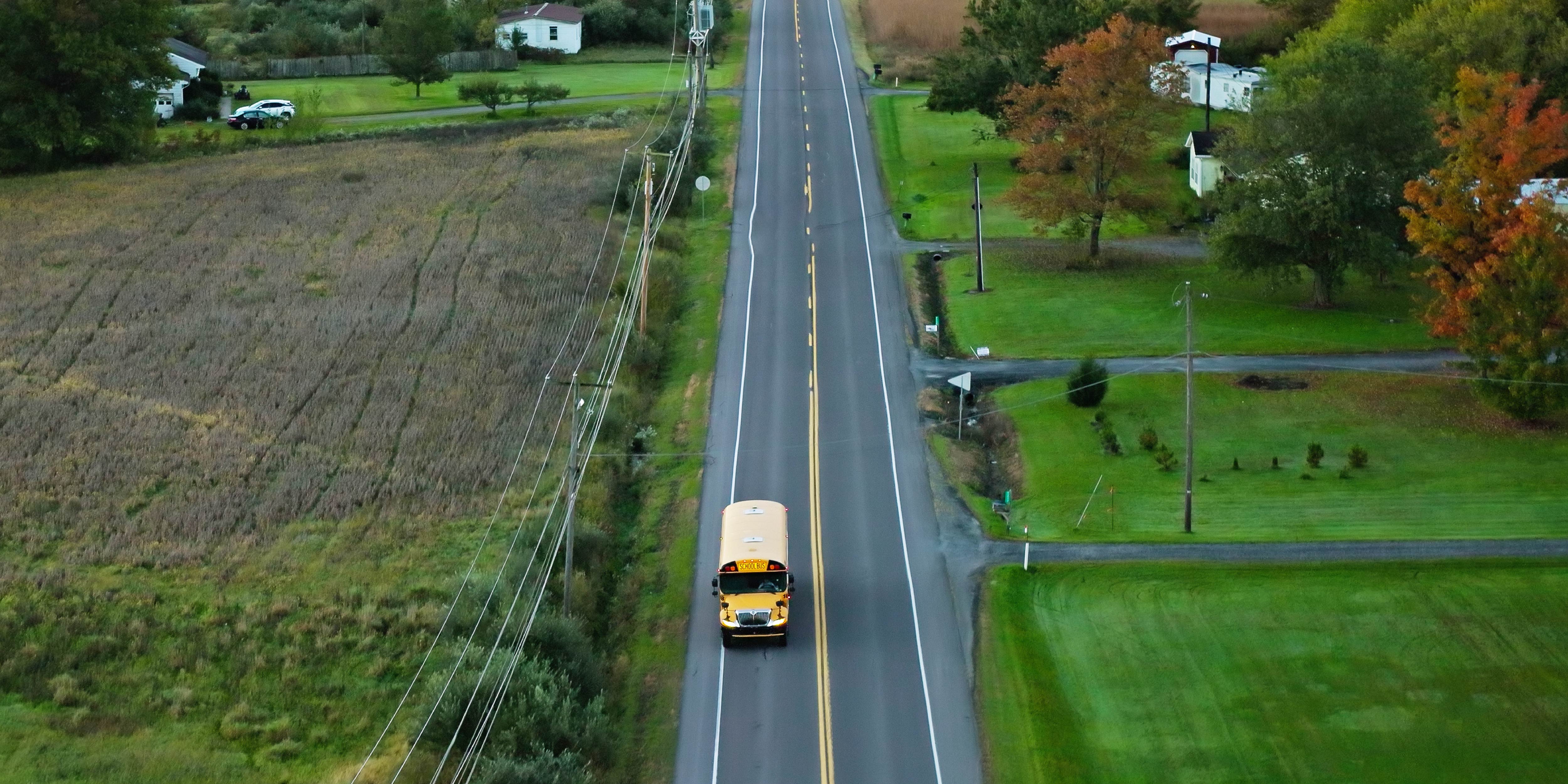What District and School Leaders Can Do To Prepare Rural Students for a Brighter Future

How can rural students and their communities mutually benefit from STEM (science, technology, engineering, and mathematics) education?
Research shows rural students are less likely to attend selective colleges, have greater gaps between high school graduation and entering college, and are less likely to be continuously enrolled in college. In addition, many rural students don’t see the connection between their high school education and careers. STEM programs, though, can help rural students aim high while providing real-world, experiential learning opportunities.
STEM learning can motivate students to engage in more rigorous coursework, envision pursuing postsecondary education, and prepare for high-demand careers that are located in their own backyard. For rural communities, the payoff is a pipeline of skilled workers for hard-to-fill jobs in areas such as resource management, clean energy, water conservation, and telecommunications and the ability to entice talented young people to return to the places where they grew up.
This brief discusses the importance of college and career preparedness for rural youth and how STEM contributes to postsecondary readiness by helping students learn meaningful skills connected to career pathways, particularly in rural settings.



